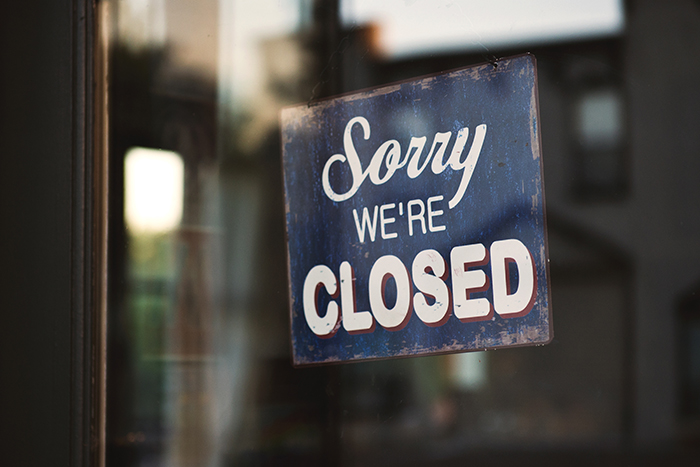Penalty rate cuts don’t bring the promised jobs bonanza

The decrease in penalty rates announced two years ago has not resulted in the jobs bonanza that employer groups forecast, according to a new study.
The cut in hospitality rates on weekends and public holidays was supposed to create more jobs and more hours for workers, but the reverse has happened with jobs in the retail and hospitality sectors having more than halved since the beginning of the cuts in Sunday penalty rates in 2017.
According to the Centre of Future Work, the hospitality sector grew by 1.7 per cent since May 2017, while the rest of the job scene grew by 2.7 per cent over the same period.
“Therefore, both compared with other industries and compared with previous periods of time, job creation in retail and hospitality under lower penalty rates has deteriorated,” said chief economist Dr Jim Stanford.
“The conventional belief that simply cheapening labour and further exposing workers to lower and insecure wages will somehow elicit more job opportunities are not validated by empirical reality.”
Council of Small Business chief executive Peter Strong said any gains from the cuts for retail employers had been wiped by general wage increases of 3.3 per cent, 3.5 per cent and 3 per cent in 2017, 2018 and 2019.
Strong argued the penalty rate cuts in 2017 and 2018, combined with general wage increases, actually led to an increase in costs for small businesses.
“No new reason to open the business on a Sunday or to employ people,” Strong said. “This would be a similar story for cafes and restaurants.”
Australian Chamber of Commerce and Industry CEO James Pearson has argued that it would “take time” to see a positive response in the job figures.
Sheridan Randall, 8th July 2019







